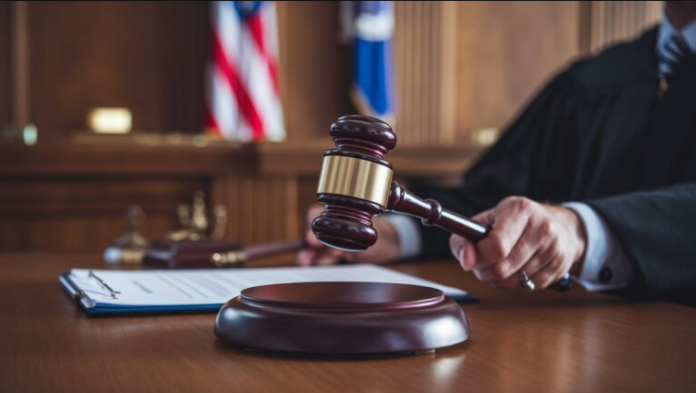Accidents happen — often without warning — and their consequences can be devastating. From car crashes and slip-and-fall injuries to workplace incidents or dog bites, personal injury cases arise in a variety of situations. If you or a loved one has been hurt due to someone else’s negligence in California, it’s essential to understand the legal steps that may follow. California law provides a path for injured individuals to seek compensation for their losses, but the process can be complex. Knowing your rights and how claims are handled in this state can help you make informed decisions during a difficult time.
What Qualifies as a Personal Injury Case?
A personal injury case arises when someone is harmed because of another person or entity’s negligence, recklessness, or intentional conduct. Common examples in California include motor vehicle accidents, pedestrian and bicycle accidents, premises liability (e.g., slip and fall), product liability (defective products), dog bites, construction or workplace accidents, and medical malpractice. To bring a valid claim, the injured party (plaintiff) must demonstrate that the defendant owed a duty of care, breached that duty, and caused the injury as a direct result.
Medical Attention and Documentation
The first and most important step after any accident is seeking medical care. Even if injuries seem minor at first, symptoms can develop over time. Prompt treatment not only supports your recovery but also creates official documentation linking the injury to the incident — which is crucial for any future claim. Be sure to keep records of emergency room visits, doctor’s notes and diagnoses, prescriptions and treatment plans, imaging (X-rays, MRIs, etc.), and all medical bills or out-of-pocket expenses.
Filing a Personal Injury Claim
In California, the personal injury process often begins with filing a claim rather than a lawsuit. This claim is usually submitted to the at-fault party’s insurance company. Your demand should include a description of the incident, evidence of liability, medical records, and proof of damages such as lost wages, property loss, or pain and suffering. Negotiations may follow, and many cases settle at this stage without litigation.
Understanding the Statute of Limitations
California imposes a strict statute of limitations for personal injury cases. In most situations, you have two years from the date of injury to file a lawsuit. If the injury was not immediately discovered, the deadline may be extended to one year from the date the injury was discovered. For claims against government agencies (e.g., injuries on public property), special rules apply — typically requiring a claim to be filed within six months of the incident. Failing to file within the statute of limitations usually results in the case being dismissed.
Building a Strong Case Through Evidence
If a lawsuit becomes necessary, both parties enter the discovery phase, where evidence is exchanged and examined. This includes police or incident reports, eyewitness statements, photos or videos of the scene, expert testimony (e.g., medical experts, accident reconstructionists), and employment or wage loss documentation. Strong evidence can influence settlement offers and trial outcomes.
Trial or Settlement?
Most personal injury cases in California are resolved through settlement, often with the help of mediation or negotiation. However, if a fair agreement cannot be reached, the case may proceed to trial, where a judge or jury will decide liability and damages. Damages in California may include economic damages (medical expenses, lost income, property damage), non-economic damages (pain and suffering, emotional distress), and punitive damages (in rare cases involving egregious misconduct). California follows the comparative negligence rule, which means your compensation may be reduced by your percentage of fault. For example, if you’re found to be 20% at fault, you may recover only 80% of your total damages.
After a Verdict: Appeals and Enforcement
If a trial occurs and one party believes an error was made, they may file an appeal. This is a separate legal process that reviews how the case was handled, rather than re-trying the facts. Additionally, if you win at trial but the defendant does not pay the judgment voluntarily, enforcement actions may be required — such as wage garnishment or asset seizure.
Final Thought
California’s personal injury process is designed to offer victims a path to recovery, but the system can be difficult to navigate without legal knowledge. Each case depends on facts, evidence, timelines, and procedures. That’s why many individuals involved in personal injury matters seek guidance from a personal injury lawyer California residents rely on for informed legal advice.

